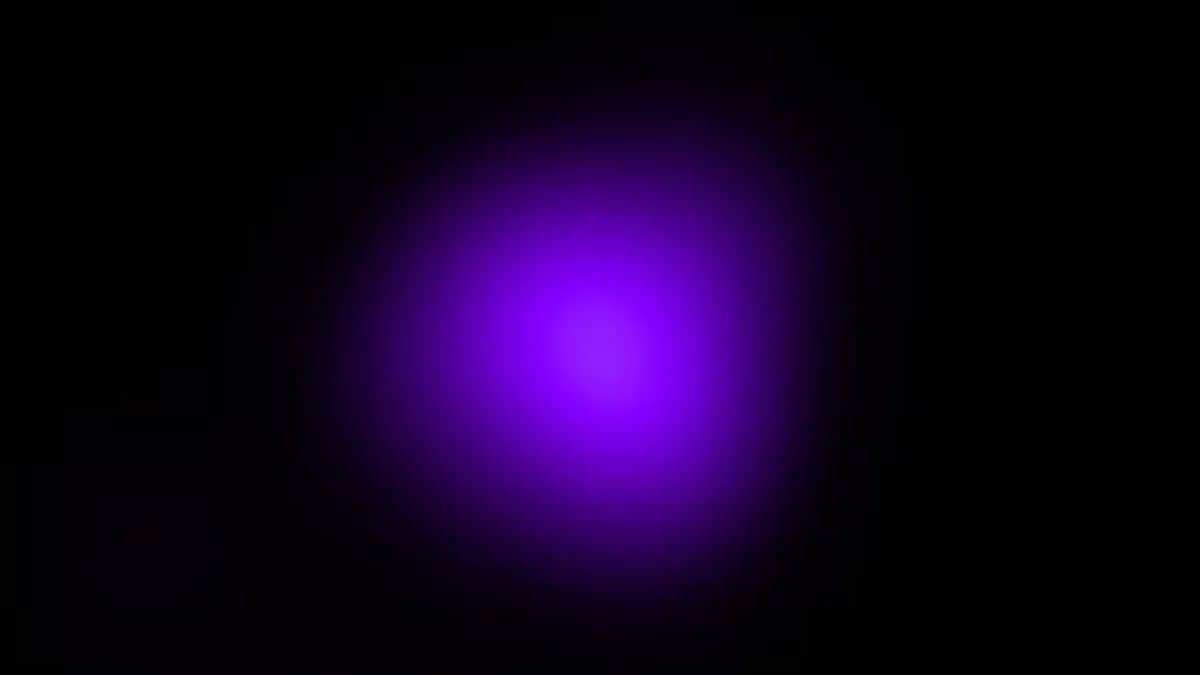
Astronomers using NASA’s Chandra X-ray Observatory have discovered a Jupiter-sized exoplanet that is being fried by the radiation from its parent star. The study determined that the star plan is getting extended so fast that it must be evaporating, losing more than 10 times the mass of Jupiter every billion years. This baby world is only 8 million years old, located some 330 light-years from Earth, and orbits perilously close to its host star, at a distance of 8.2 million miles. The powerful X-rays it is bombarded with are slowly blowing away the planet’s atmosphere, and it’s at risk of being stripped bare and turned into a rocky core in a billion years or so.
X-ray Radiation From Host Star Is Rapidly Stripping Baby Exoplanet TOI 1227 b’s Atmosphere
As per a NASA statement, the planet’s mass—roughly 17 times that of Earth—is not enough to resist the high-energy onslaught from its parent star, which, despite being cooler and less massive than our Sun, emits stronger X-rays. By analysing Chandra observations alongside computer models, Attila Varga of the Rochester Institute of Technology and colleagues concluded that the exoplanet sheds the equivalent of Earth’s atmosphere every 200 years or so. “It’s almost incomprehensible what’s happening to this planet,” Varga stated.
X-rays are vital for the study of the evolution of planets in systems far away from our own, say co-authors Joel Kastner. The radiation not only heats TOI 1227 b’s atmosphere but also inflates it, making it more vulnerable to escape. Over time, this process will cause the planet to lose more than 10% of its mass, equal to two Earths. “The future for this baby planet doesn’t look great,” mentioned Alexander Binks of Eberhard Karls University of Tübingen.
To determine the planet’s age, researchers analysed the motion of its host star relative to other populations of stars and then used models of its brightness. TOI 1227 b is a rare object among planets with an age less than 50 million years since it is hosted by a low-mass star and has a long orbital period of 28 days. But the planet is already past its expiration date.
The team’s findings, which shed light on the impact of high-energy environments on young planets, have been accepted for publication in The Astrophysical Journal and are available in preprint on arXiv.



